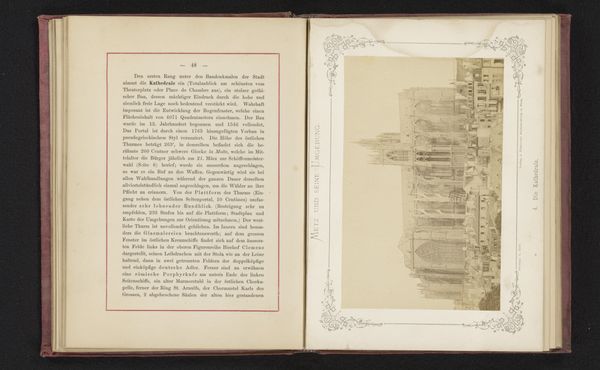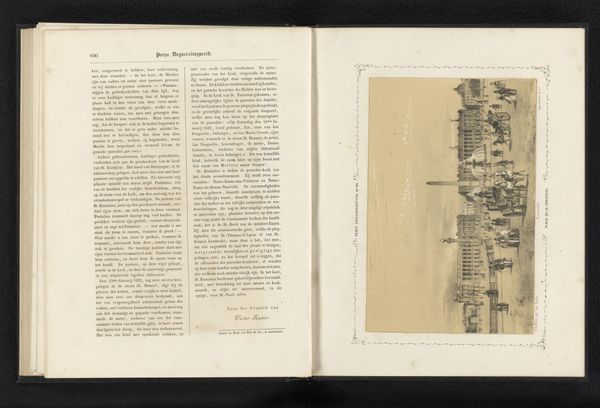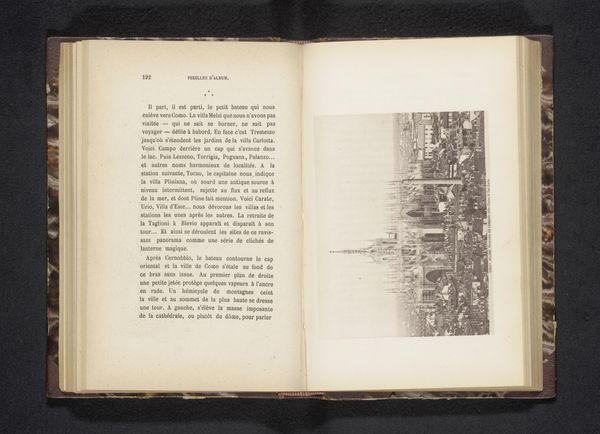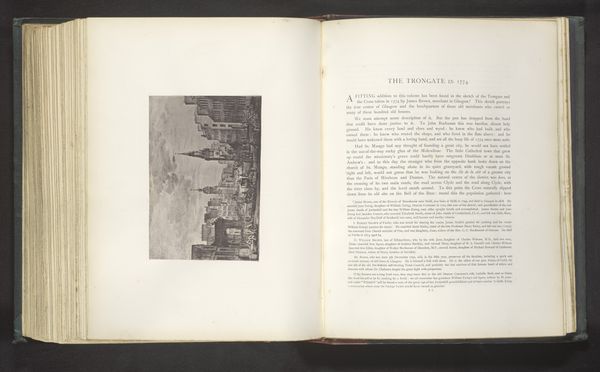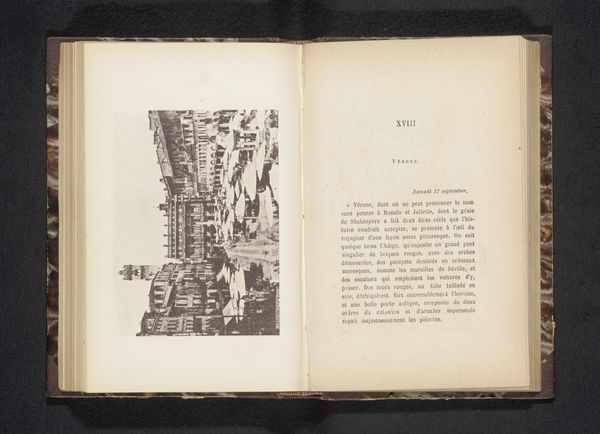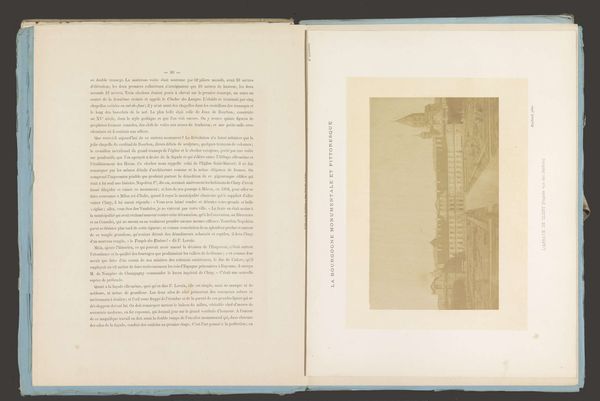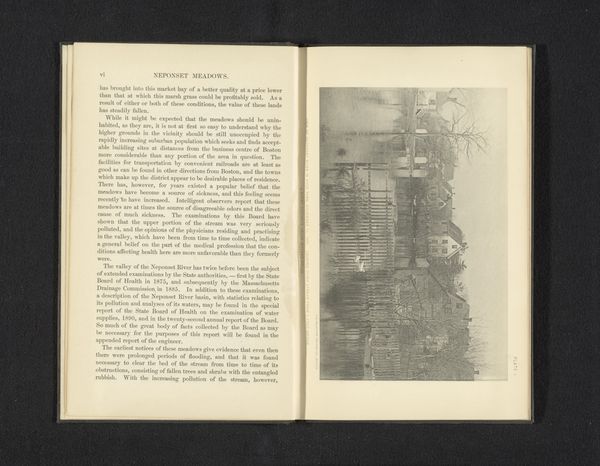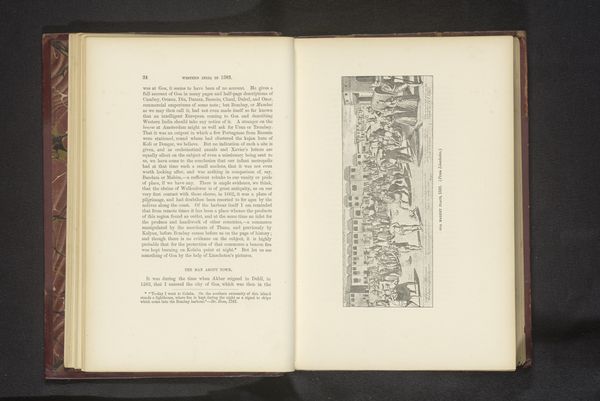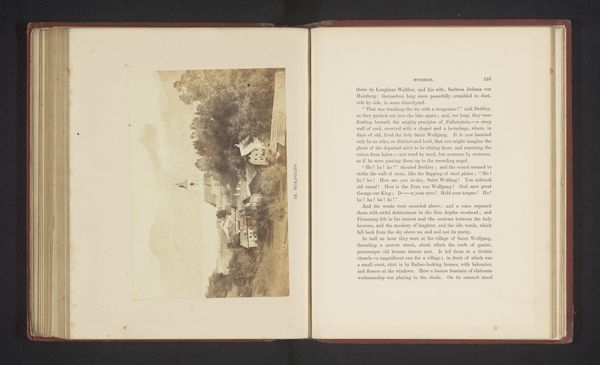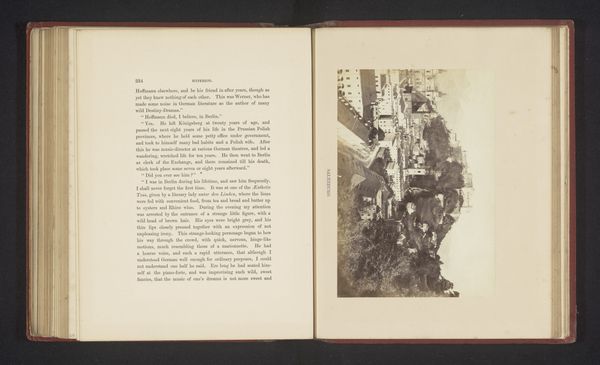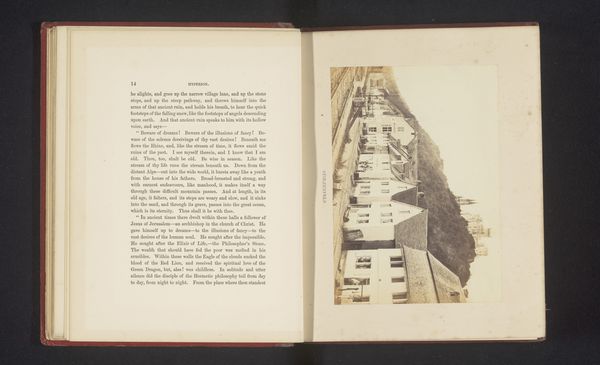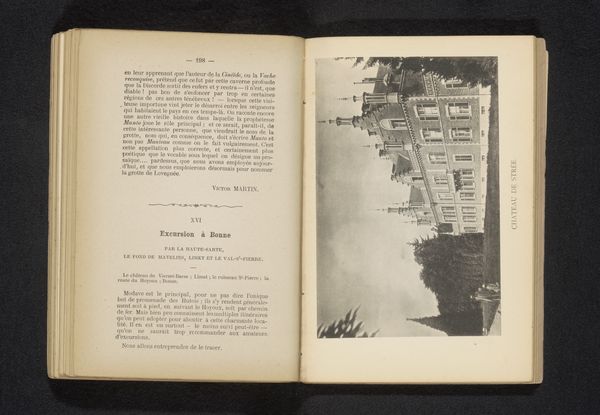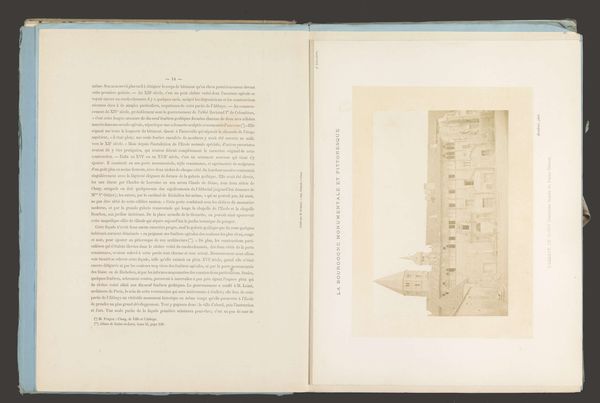
print, photography, gelatin-silver-print
#
16_19th-century
# print
#
photography
#
gelatin-silver-print
#
cityscape
#
realism
Dimensions: height 120 mm, width 169 mm
Copyright: Rijks Museum: Open Domain
Curator: Francis Frith created "Gezicht op een markt in Stuttgart," a gelatin silver print, likely before 1865. The image is now held at the Rijksmuseum. Editor: It’s quite imposing. The architecture looms large. Even in this small reproduction, I can feel the density of the urban landscape. Curator: Observe the strong vertical lines, the repetition of forms in the buildings— windows, gables. Note how Frith employs the silver gelatin process to render precise detail and create a subtle tonal range. The image plane and composition are critical. Editor: Precisely! Think about Stuttgart in the mid-19th century. This photograph documents not only urban life but also reveals elements of socioeconomic stratification. This bustling market presents narratives of class, labor, and burgeoning consumerism in the wake of industrialization. Who lived in those imposing buildings, and who toiled in the market below? Curator: The clarity with which Frith captured the architectural detail is also paramount; there’s an order, a rational geometry at play that transcends any direct narrative. Editor: Order, perhaps, imposed by a rising merchant class shaping the built environment to its needs. Consider the angle. The choice to capture the architecture looming over a lower point-of-view places visual emphasis on verticality; in what ways does this formal treatment signal economic power and dominance of an elite class within society? Curator: Ultimately, the photograph itself is an object. By studying the light reflecting from its surface and how this shapes form, one unlocks the visual architecture of the print itself. The tones, forms, and light render a harmonious experience for the viewing subject. Editor: Harmony, yes, but also friction. By interrogating those harmonies within the social, political, and economic contexts, we get closer to a fuller interpretation. Thank you for highlighting aspects of compositional approach, though. Curator: And you, the ways in which historical contexts enable fuller perspectives of the object’s significance.
Comments
No comments
Be the first to comment and join the conversation on the ultimate creative platform.
